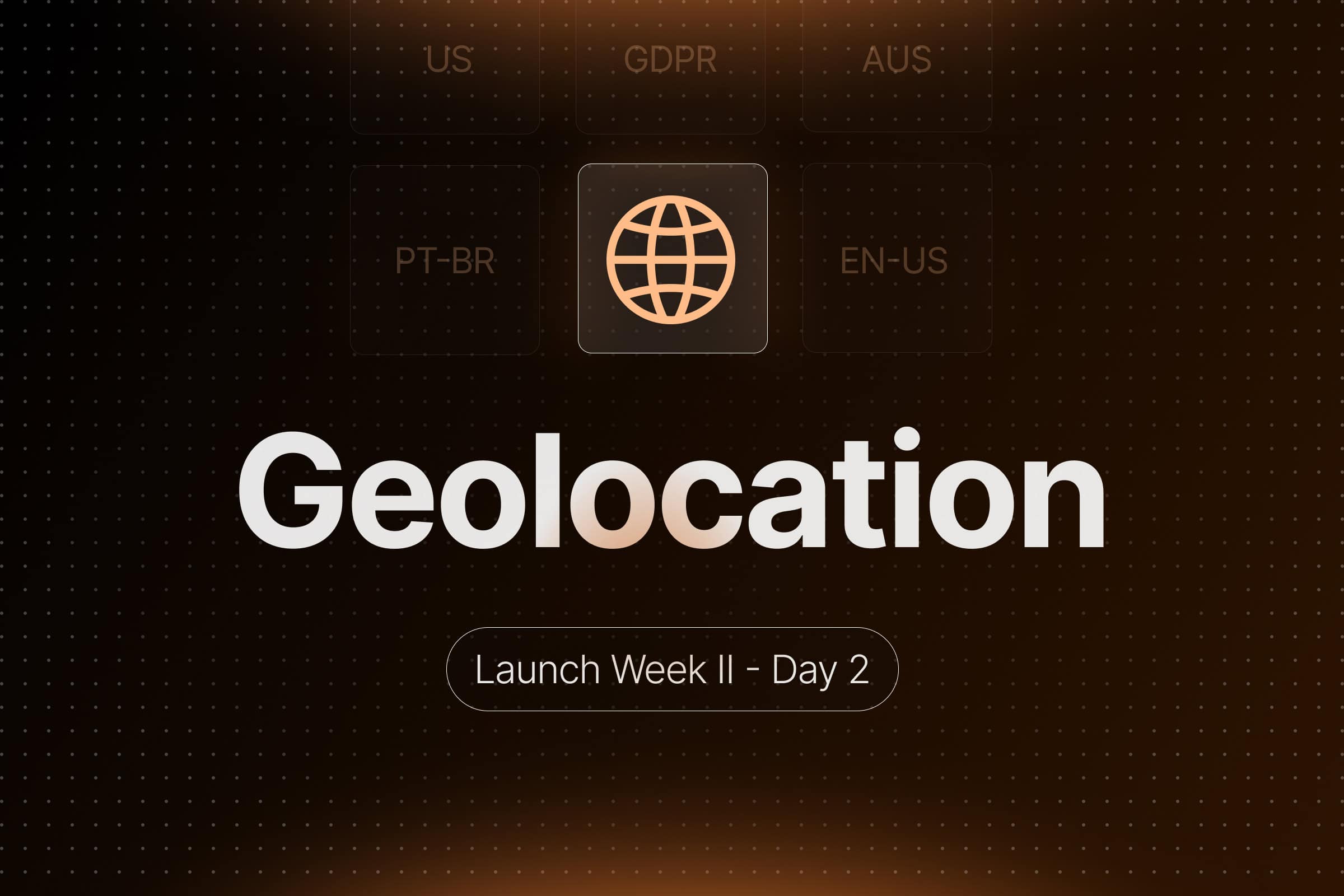
Welcome to Day 2 of Firecrawl’s second Launch Week! Today, we’re thrilled to introduce our latest feature: Location and Language Settings.
Discover Location and Language Settings
With this new feature, you can now specify a country and preferred languages to receive content that’s tailored to your target location and linguistic preferences. This means more relevant and localized data for your web scraping projects.
How It Works
When you set the location parameters, Firecrawl utilizes an appropriate proxy (if available) and emulates the corresponding language and timezone settings. By default, the country is set to 'US' if not specified.
Getting Started with Location and Language Settings
To leverage these new settings, include the location object in your request body with the following properties:
country: ISO 3166-1 alpha-2 country code (e.g.,'US','AU','DE','JP'). Defaults to'US'.languages: An array of preferred languages and locales for the request in order of priority. Defaults to the language of the specified location.
Example Usage
Here’s how you can get started using Python:
from firecrawl import FirecrawlApp
app = FirecrawlApp(api_key="fc-YOUR_API_KEY")
# Scrape a website with location and language settings
scrape_result = app.scrape_url('airbnb.com',
params={
'formats': ['markdown', 'html'],
'location': {
'country': 'BR',
'languages': ['pt-BR']
}
}
)
print(scrape_result)
Understanding the Response
By specifying the location as Brazil ('BR') and the preferred language as Brazilian Portuguese ('pt-BR'), you’ll receive content as it appears to users in Brazil, in Portuguese.
Why Use Location and Language Settings?
- Relevance: Access content that’s specific to a particular country or language.
- Localization: Scrape websites as they appear to users in different regions.
- Customization: Tailor your scraping to match your target audience or market.
What’s Next?
We’re just getting warmed up with Launch Week II! The Location and Language Settings are just one of the exciting new features we’re rolling out to enhance your web scraping capabilities.
We’d love to hear how you plan to use these new settings in your projects. Your feedback helps us continue to improve and tailor our services to better meet your needs.
Happy scraping, and stay tuned for Day 3 of Launch Week II tomorrow!

data from the web